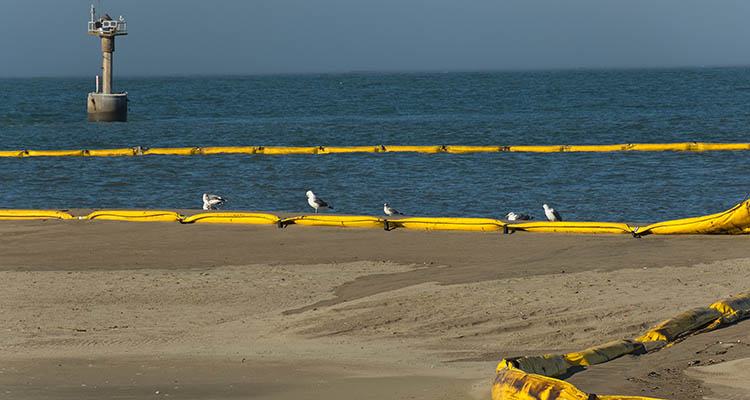Despite the presence of different fuel and energy alternatives, modern society still counts on oil for many uses including fuel and petroleum production. Because of this dependence, it’s essential for oil and energy companies to be prepared with oil spill booms to protect the environment. Oil spill booms help protect shorelines, corral oil and enhance recovery effectiveness in the event of an emergency spill. Minimize the damage to the environment by being prepared with oil spill booms.
Oil Spill Booms
Oil spill booms generally share several basic elements, despite variations in design and construction. A floatation device above the water anchors a skirt below the water and helps prevent waves and current from splashing oil over the boom. The skirt below the water helps reduce the amount of oil lost under the boom. A chain or cable runs along the bottom of the skirt to strengthen the boom against wind and water current. Additionally, the chain serves as a weight to add stability to the oil spill boom. Hard booms made from reinforced polyethylene (RPE) or reinforced polypropylene (RPP) include an inflated chamber that floats above the water with an attached skirt that hangs into the water. There are generally two different types of hard booms - ocean booms, which are used in high seas and harbor booms, which are designed for sheltered waters. The difference between ocean and harbor booms is the size of the floatation chambers, the depth of the skirt and the strength of the material.Uses for Oil Spill Booms
- Exclude oil in order to protect the natural habitat - marshes, marinas, wildlife ecosystems
- Placed around a vessel that is leaking oil so it can be confined and collected
- Towed behind boats to collect oil that can be skimmed from the water surface



